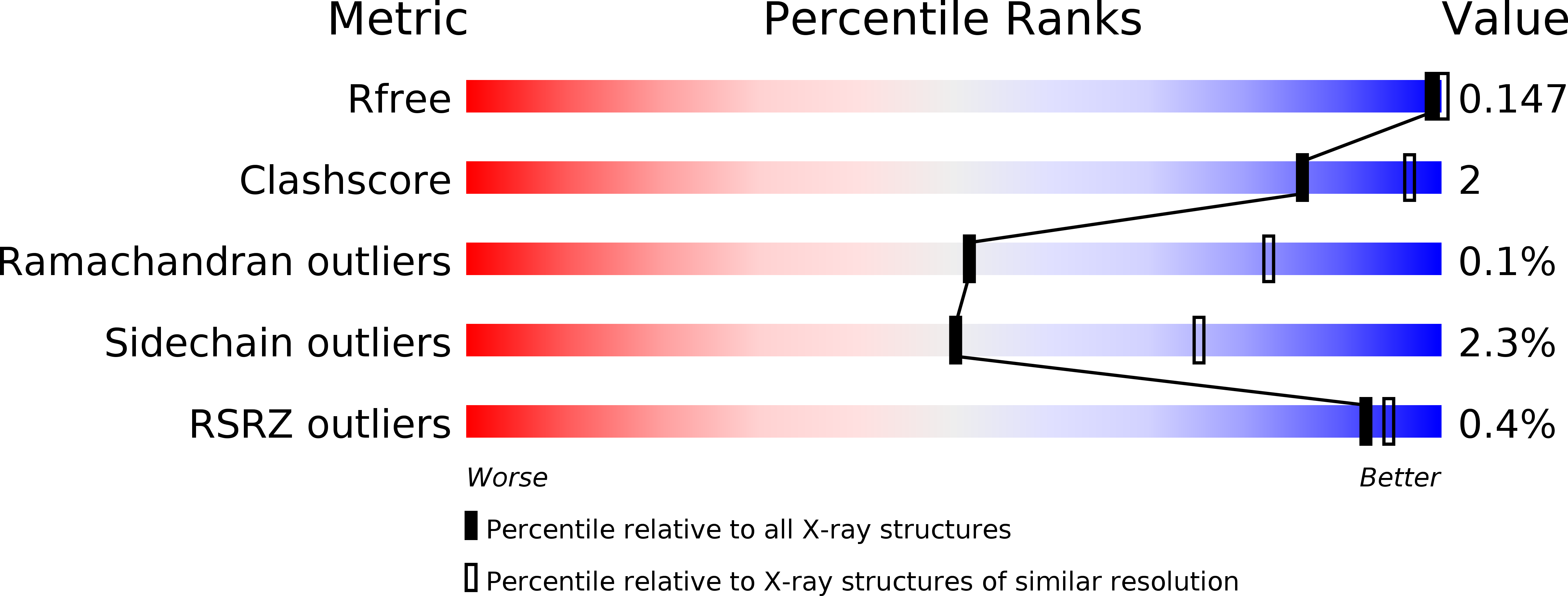
Deposition Date
2016-06-17
Release Date
2016-11-23
Last Version Date
2023-09-27
Entry Detail
PDB ID:
5KJ4
Keywords:
Title:
Crystal Structure of Mouse Protocadherin-15 EC9-10
Biological Source:
Source Organism:
Mus musculus (Taxon ID: 10090)
Host Organism:
Method Details:
Experimental Method:
Resolution:
3.35 Å
R-Value Free:
0.19
R-Value Work:
0.15
R-Value Observed:
0.15
Space Group:
P 31


